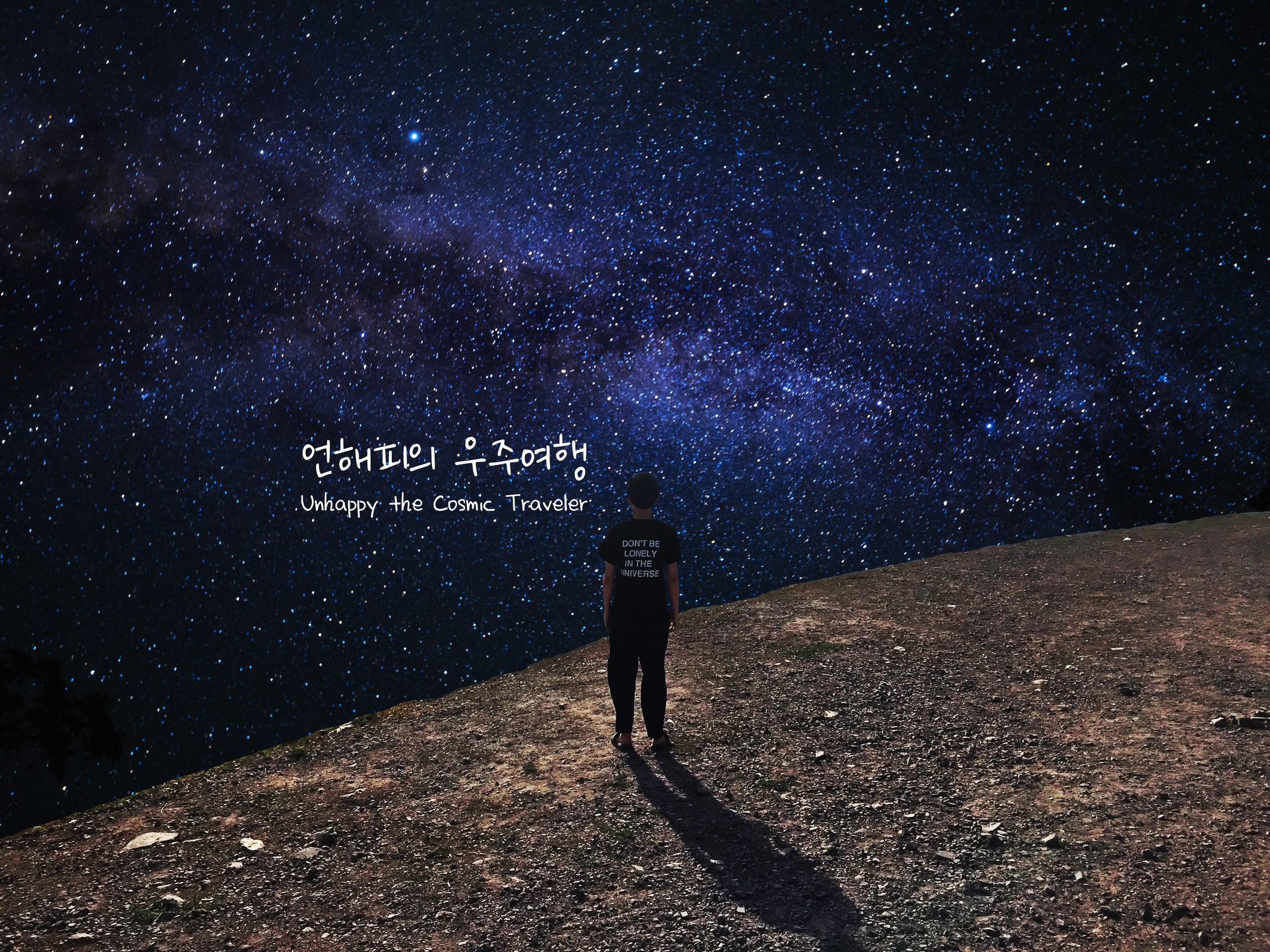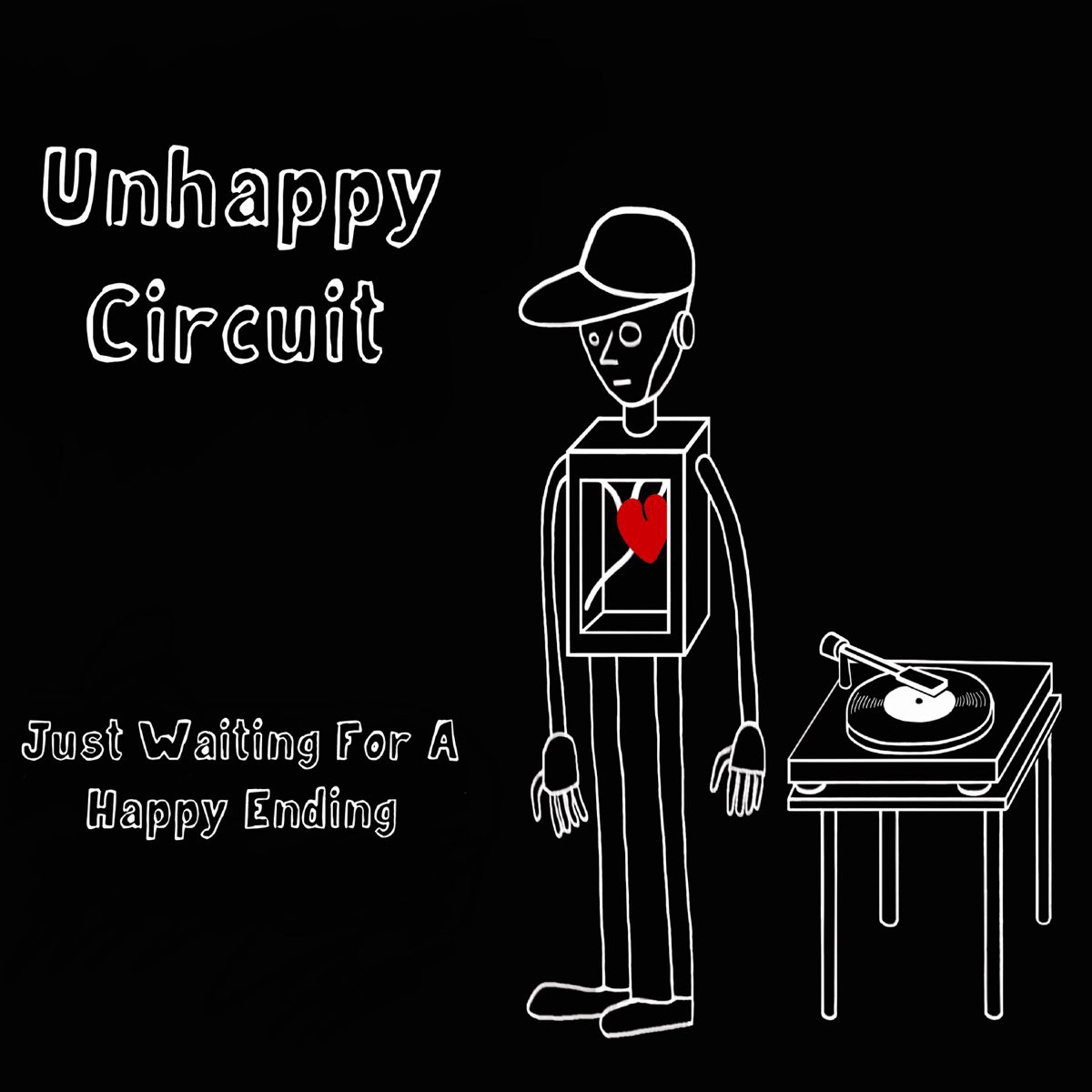Unhappy Circuit is a multidisciplinary artist in Korea. His work is based on a fusion of art, science, technology and multidisciplinary perspective that encompasses linguistics, anthropology, ecology, futurology, and cosmology.
The pursuit of his art is the connection between human beings and the universe. He wants to expand human perception and consciousness into the universe through his art and connect the vast universe with the meaning of our lives, minds, and existence, which are essentially finite and lonely.
He has participated in various exhibitions hosted by art institutions such as Hyundai Motor Group's ZER01NE, Asia Culture Center, Arts Council Korea, Seoul Foundation for Arts and Culture, C-LAB (Taiwan), BeFantastic (India), ARCOLABS (Indonesia).










